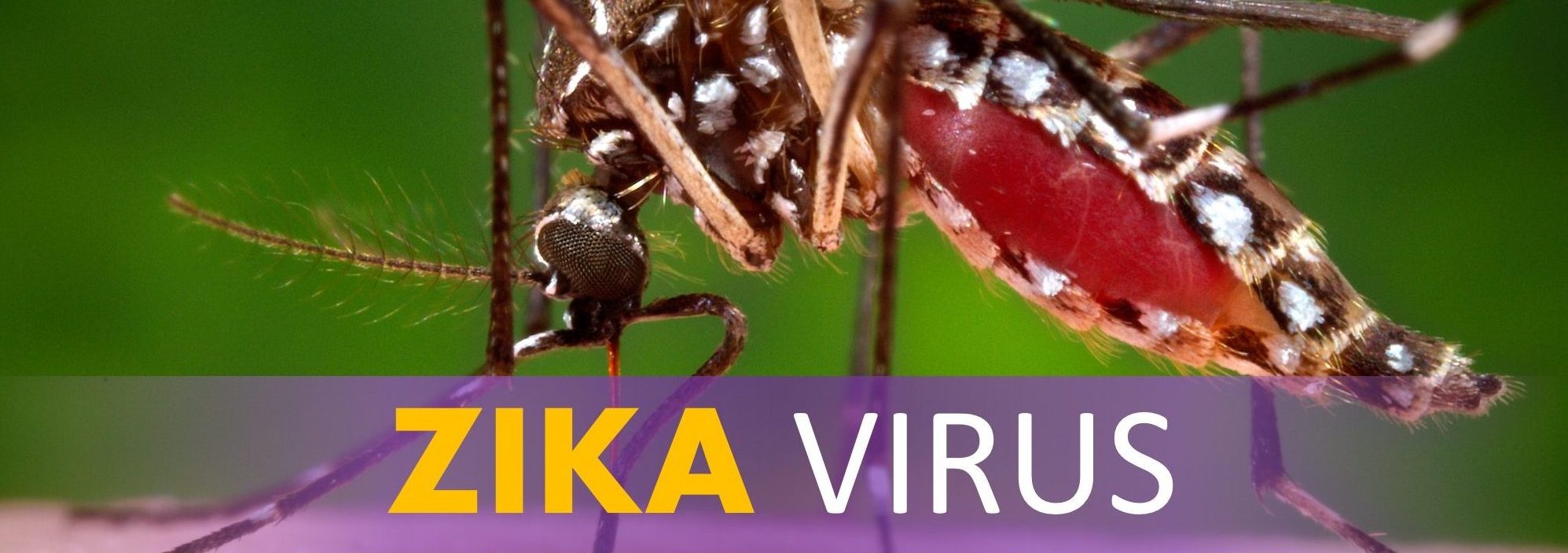Reed EMX, Byrd BD, Richards SL, Eckardt M, Williams C and Reiskind MH (2018). A Statewide Survey of Container Aedes Mosquitoes (Diptera: Culicidae) in North Carolina, 2016: A Multiagency Surveillance Response to Zika Using Ovitraps. Journal of Medical Entomology, doi:10.1093/jme/tjy190 [Epub ahead of print]
Abstract
Native and invasive container-inhabiting Aedes mosquitoes (Diptera: Culicidae) play important roles in the transmission of endemic and traveler-introduced arboviruses in the United States. In response to the emergence of Zika virus into the Americas, we surveyed the distribution of container Aedes spp. of public health importance within North Carolina during 2016 using ovitraps. A seasonal survey was conducted in 18 counties from the mountains to the coast to identify species incriminated in the transmission of chikungunya, dengue, La Crosse, yellow fever, and Zika viruses. Multiple local, state, and federal agencies participated in the study and submitted more than 3,600 ovistrips. Aedes albopictus (Skuse) (81.4%, n = 54,458) was the most common and widespread species found in this survey, followed by Aedes triseriatus (Say) (10.7%, n = 7,169) and Aedes japonicus (Theobald) (7.9%, n = 5,262). We did not find Aedes aegypti and rarely found Aedes hendersoni (Cockerell). We assessed broad-scale climatic and other factors and determined that longitude, elevation, rainfall, and temperature had significant effects on explaining the variation in presence, abundance, and phenology of container Aedes in North Carolina. However, much of the variation in these outcomes was not explained at this coarse scale and may benefit from finer-scale analyses. These efforts represent the largest ovitrap survey ever conducted in the state.
Read the full article in the Journal of Medical Entomology or PubMed.




